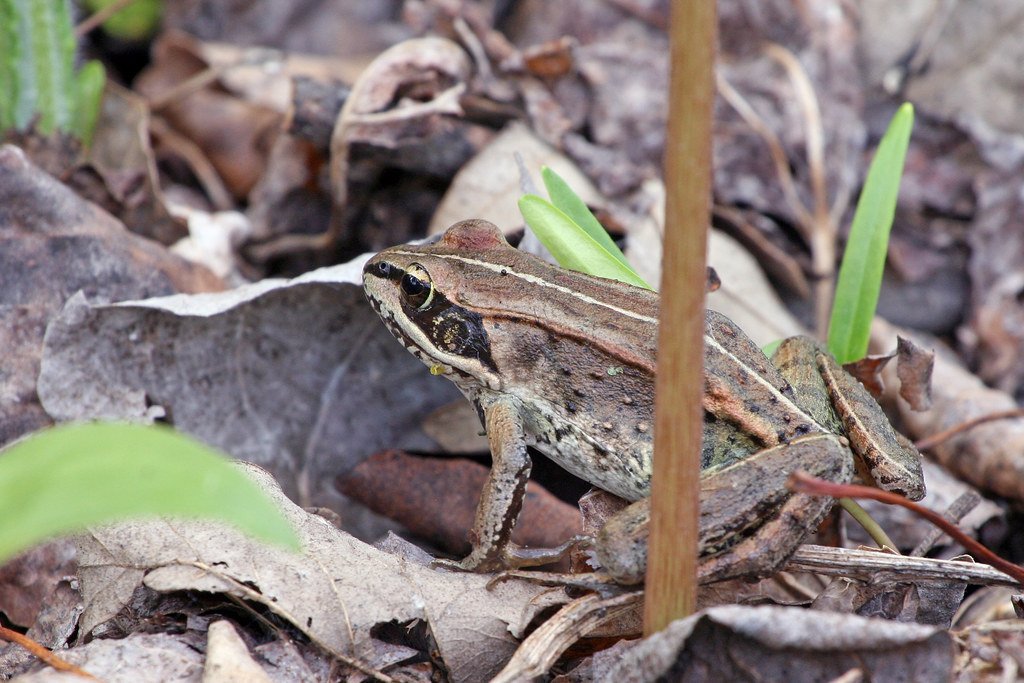A new study from the University of California, Riverside has revealed that bumbkle bee queens take intentional breaks from egg-laying, likely to conserve energy and ensure colony survival. This deiscovery challenges previous assumptions that queens continuosly produce offsprig without interruption. By understanding the reproductive rhythms of these important pollinators, scientists hope to gain insights into colony stability and insect conservation.
The Hidden Rhythms of Bumble Bee Reproduction

Bumble bee queens are solely reponsible for founding their colonies, managging all tasks from foraging to incubating their brood. Researchers abserved that queens follow a distinct cycle—a burst of egg-laying followed by severaldays of inactivity. These pauses appear to align with the developmental stages of their existing brood, suggesting a strategic reproductive rhythm rather than random inactivity. Such pauses may prevent queens from exhausting their energy reserves too quickly, ensuring they can maintain colony functions over time.
Experimental Insights Into Queen Behavior

To understand what triggers these pauses, scientists monitored over 100 queens in a controlled insectary for 45 days. They found that when pupae—nearly mature bees—were present, queens resumed egg-laying within 1.5 days. However, when no pupae were present, the pauses extended to an average of 12.5 days. This suggests taht queens regulate their reproductive cycles based on colony needs rather than external environmental factors alone.
Evolutionary and Ecological Significance
This flexible reproductive strategy may help queens avoid burnout during the vulnerable early days of colony formation. If a queen overexerts herslef too soon, the colony may not survive. Researchers believe this behavior could be evolutionary adaptation seen in other eusocial insects, ensuring queens live long enough to establish a stable workforce. Understanding these natural rhythms can provide insights into pollinator resilience and help conservationists develop strategies to support healthy bee population.
Implications for Pollinator Conservation
Bumble bee populations in North America are declining due to habitat loss, pesticide exposure, and climate stress. Since queens are critical to colon formation, preserving their ability to reproduce effectively is essential for maintaining pollinator biodiversity. Conservation efforts that focus on providing queens with suitable nesting sites, reducing pesticide exposure, and protecting forage plants may help sustain bee populations. Recognizing the importance of reproductive pauses in queens could inform better pollinator haabitat management strategies.
Conclusion

The discovery that bumble bee queens take strategic breaks in egg-laying reshapes our understanding of insect reproduction. By responding to cues from their brood, queens optimize their energy use, increasing their chances of successfully establishing a colony. As researchers continue to study this behavior, its implications for pollinator conservation may become even more significant, helping to protect bees and the ecosystems they support.
Source:





